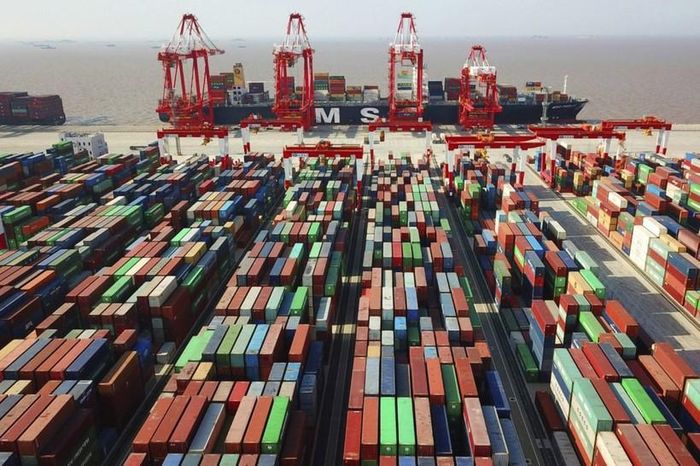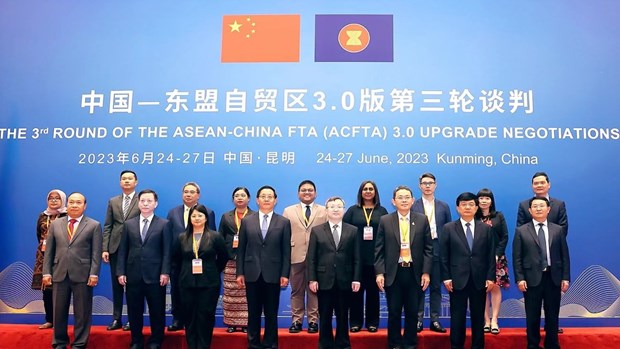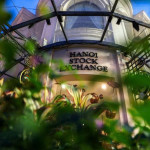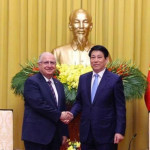Total number of posts 461.
According to Bloomberg, China's largest export markets are no longer the United States and the European Union, which have now been surpassed by Southeast Asian countries.
Bloomberg cites 12-month average data compiled by HSBC Holdings Plc showing that China's exports to ASEAN countries have surpassed exports to the U.S. and the European Union.
According to data from the General Administration of China Customs, in the first 7 months of 2023, ASEAN continues to be China's largest trading partner. The total trade value between China and ASEAN was 3.590 trillion yuan, up 2.8 percent, accounting for 15.3 percent of China's total foreign trade. In which, China's exports to ASEAN were 2,110 billion yuan, up 4.7%; and China's imports from ASEAN were 1.480 trillion yuan, up 0.2 percent. In dollar terms, the total value of trade between China and ASEAN was $519.0 billion, down 3.8 percent. In which, exports reached 304.85 billion USD, down 2.0%; imports reached 214.14 billion USD, down 6.3%.

ASEAN has replaced the US and the European Union as China's largest export market
Among ASEAN member countries, the top 3 trading partners with China are Vietnam, Malaysia and Indonesia.
Frederic Neumann, chief Asia economist at HSBC, said the change was mainly due to the China-led Regional Comprehensive Economic Partnership (RCEP), the largest and most potential free trade area, which was officially launched and came into effect last year, marking the official establishment of the free trade area with the largest population, largest trade scale and the most potential for development.
Frederic Neumann also said that this is also evidence of the restructuring of global supply chains - more and more components from China are being shipped to Southeast Asia for final assembly before being exported to other parts of the world.
Closer ties between China and ASEAN could even play a role in stabilizing global trade at a time when demand in developed markets is slumping, Bloomberg said, given that ASEAN's largest export market is also China.
"In short, the China-ASEAN trade corridor is one of the important trade corridors in Asia and the world, intra-Asian trade is working," Neumann said.
On July 13, China's State Council Information Office held a press conference on import and export in the first half of the year 2023. Lu Daliang, spokesman of the General Department of Customs and head of the Department of Statistics and Analysis, introduced at the ASEAN press conference as a whole, and as China's largest trading partner. In the first half of this year, China's imports and exports with ASEAN were 2023.3 trillion yuan ($080 billion), up 421.5 percent year-on-year, accounting for 4.15 percent of China's total import-export turnover in the first half of the year and up 3.0 percentage points year-on-year.

Opening of the third round of negotiations on the China-ASEAN Free Trade Area version 3.3 in Kunming from June 24 to 27
Lu Daliang said that China and ASEAN are each other's largest trading partners; and with the deepening of regional economic unification, the fields of cooperation will be expanded, trade exchanges will be more and more smooth, have a firmer foundation for cooperation, and trade between the two sides is expected to continue to maintain a good situation.
At the end of August, at the 8nd China-ASEAN Economic and Trade Ministers' Meeting (10+1) held in Indonesia, the two sides discussed deepening economic and trade cooperation, implementing the high-quality RCEP agreement, and strengthening regional industrial chain supply chain connectivity. The two sides exchanged in-depth views on key regional and international economic and trade cooperation issues, reaching consensus on many fronts.
The two sides agreed to further strengthen the China-ASEAN comprehensive strategic partnership, constantly expand the scale of trade and investment, accelerate the construction of the China-ASEAN Free Trade Area version 3.0, raise the level of regional economic integration, and proactively expand the region regarding the digital economy, e-commerce, green development, etc... Cooperation in building the China-ASEAN community shares a closer destiny.














